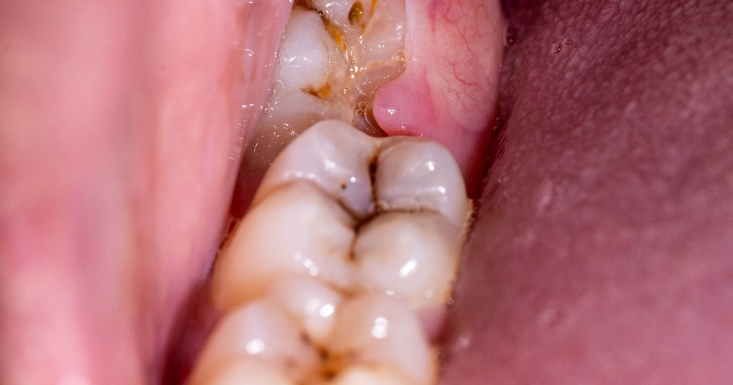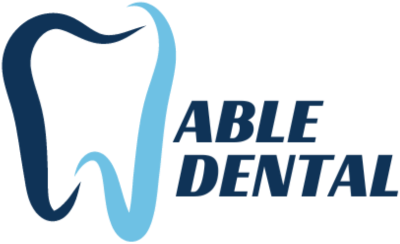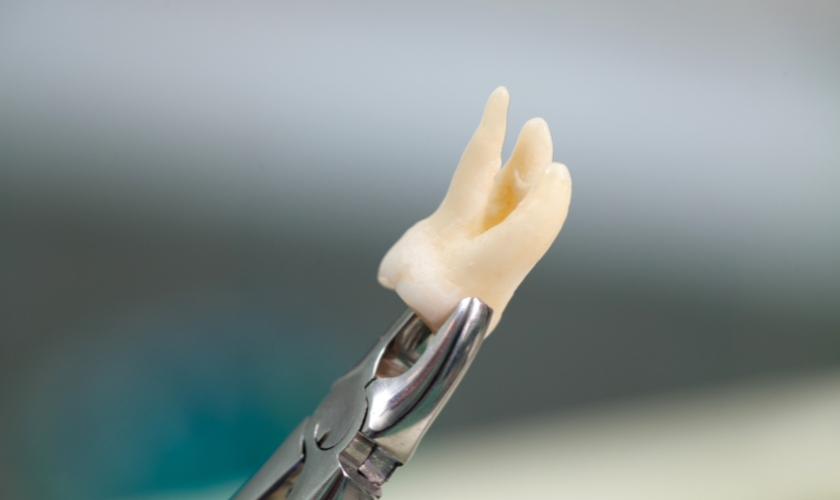
Wisdom teeth are the third molars that usually erupt between 17 and 25. Some individuals have no problem with their wisdom teeth. Those having impacted wisdom teeth develop complications that further require removal. Early identification of the signs can avoid serious dental issues. This blog will shed light on the most prevalent symptoms that indicate it might be time to think about wisdom tooth removal. A fair knowledge will help make an informed decision and prevent other oral complications.
Ongoing Pain or Soreness at the Back of the Mouth
One of the first and most apparent symptoms that your impacted wisdom teeth will have is constant pain or soreness. The pain can appear and disappear, or it can be more persistent over time. The pressure is usually caused by pain when the wisdom teeth try to come through the gum. It can also be because they are developing awkwardly, putting pressure against adjacent teeth. While you don’t treat them by going ahead with wisdom teeth removal in New Port Richey, this may cause additional alignment problems and jaw pain.
Swollen or Bleeding Gums Around the Molars
Swelling, tenderness, or bleeding in the gums next to your back teeth can impact your wisdom teeth. When the teeth do not erupt completely through the gum line, they form spaces where bacteria grow, causing infection and inflammation. This condition, or pericoronitis, occurs in young adults, leading to chewing trouble, bad breath, and even fever. If you experience gum swelling that doesn’t resolve on its own, you should see your dentist right away. This can be a common sign of a need for wisdom teeth removal.
Stiffness in the Jaw or Trouble Opening Your Mouth
If you’re experiencing jaw stiffness, difficulty opening your mouth, or pain while chewing, your wisdom teeth can be the cause. Impacted wisdom teeth can press against the jawbone or nearby nerves, causing tightness and reduced mobility. Sometimes, this even results in the malfunction of the temporomandibular joint (TMJ) and clicking sounds or pain during jaw movement. Early examination can prevent these symptoms from becoming chronic or more severe.
Shifting or Crowding of Other Teeth
When wisdom teeth start erupting, they don’t usually have room. It leads them to push against other teeth. That can result in crowding, shifting, or overlapping, particularly in lower front teeth. Wisdom teeth can undo some of that progress if you’ve recently undergone orthodontic treatment, such as braces or aligners. Monitoring your teeth’s alignment and acting early can help protect your smile and bite.
Frequent Headaches, Sinus Issues, or Infections
Upperside wisdom teeth have the potential to exert sinus pressure, congestion, or constant headaches. This occurs as they grow near the sinus cavities. The roots of these teeth can push against the walls of the sinuses. This can further cause pain and recurring sinus problems. Recurrent oral infections or cyst development around impacted teeth may also indicate the necessity of wisdom teeth removal. Such issues impact oral health and can spread if left untreated.
Listen to the Signs and Act Early
Wisdom teeth won’t always lead to trouble, but the symptoms usually are apparent when they do. From jaw pain and gum tenderness to teeth movement and sinus congestion, your body sends several signals. If you experience any of the signs above, arrange for an examination by your dentist or oral surgeon. Early discovery and active intervention can prevent you from developing complications. Wisdom teeth removal is nothing to fear, as modern sedatives can make your experience comfortable.


